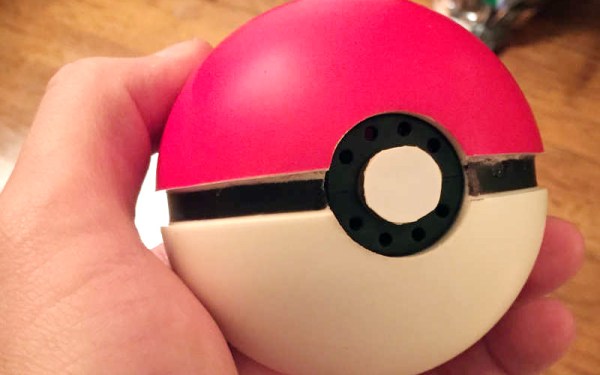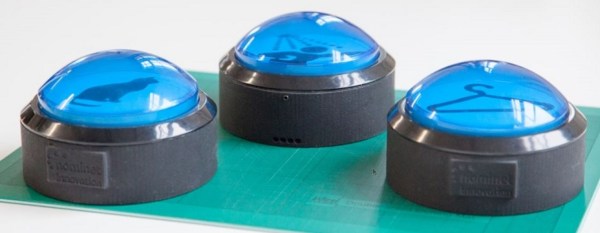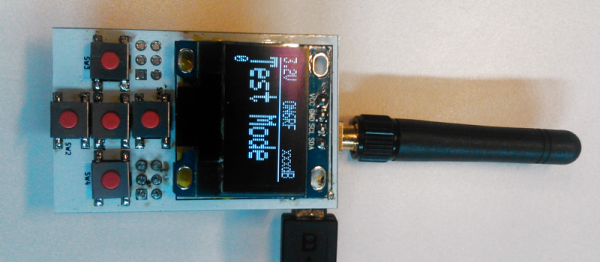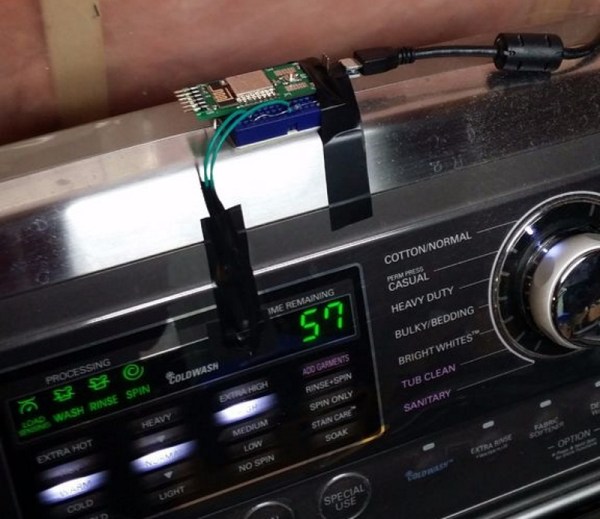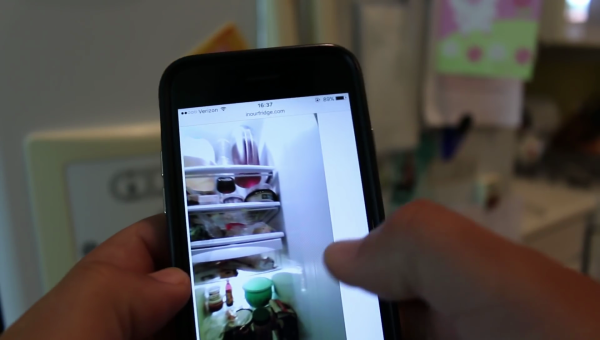The term ‘Internet of Things’ was coined in 1999, long before every laptop had WiFi and every Starbucks provided Internet for the latte-sucking masses. Over time, the Internet of Things meant all these devices would connect over WiFi. Why, no one has any idea. WiFi is terrible for a network of Things – it requires too much power, the range isn’t great, it’s beyond overkill, and there’s already too many machines and routers on WiFi networks, anyway.
There have been a number of solutions to this problem of a WiFi of Things over the years, but none have caught on. Now, finally, there may be a solution. Nest, in cooperation with ARM, Atmel, dialog, Qualcomm, and TI have released OpenThread, an Open Source implementation of the Thread networking protocol.
The physical layer for OpenThread is 802.15.4, the same layer ZigBee is based on. Unlike ZigBee, the fourth, fifth, and sixth layers of OpenThread look much more like the rest of the Internet. OpenThread features IPv6 and 6LoWPAN, true mesh networking, and requires only a software update to existing 802.15.4 radios.
OpenThread is OS and platform agnostic, and interfacing different radios should be relatively easy with an abstraction layer. Radios and networking were always the problem with the Internet of Things, and with OpenThread – and especially the companies supporting it – these problems might not be much longer.

